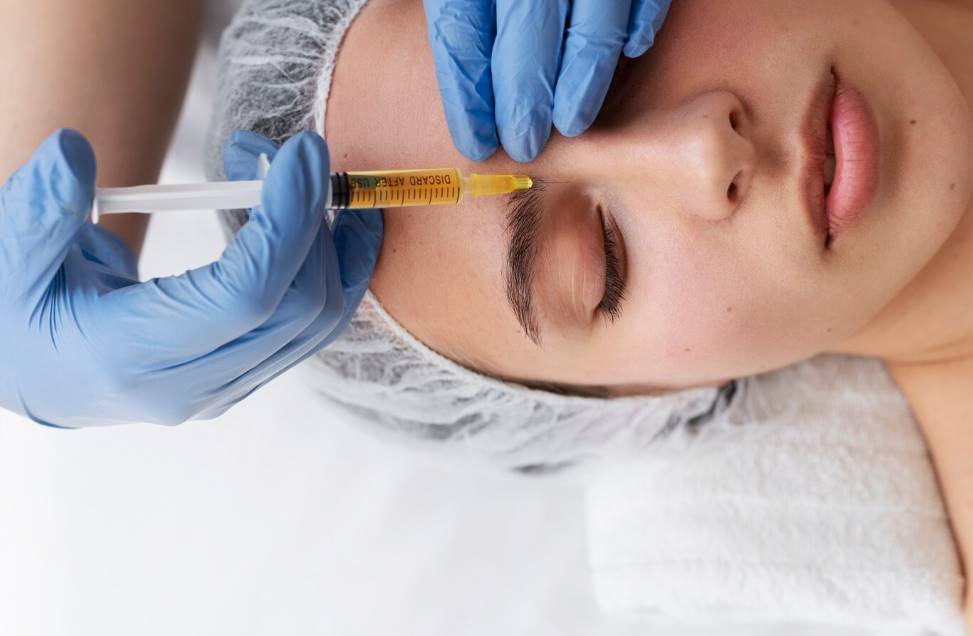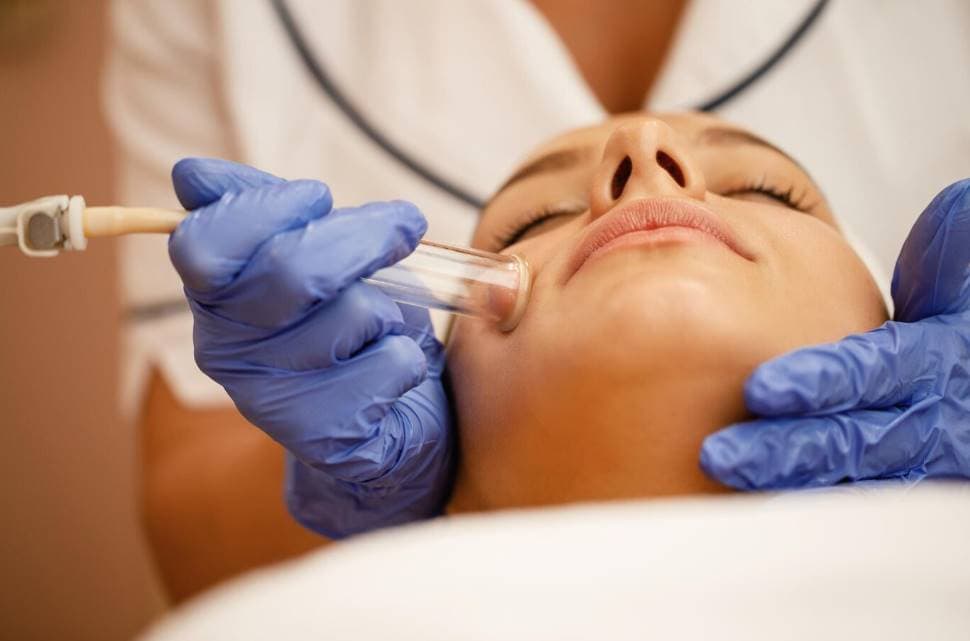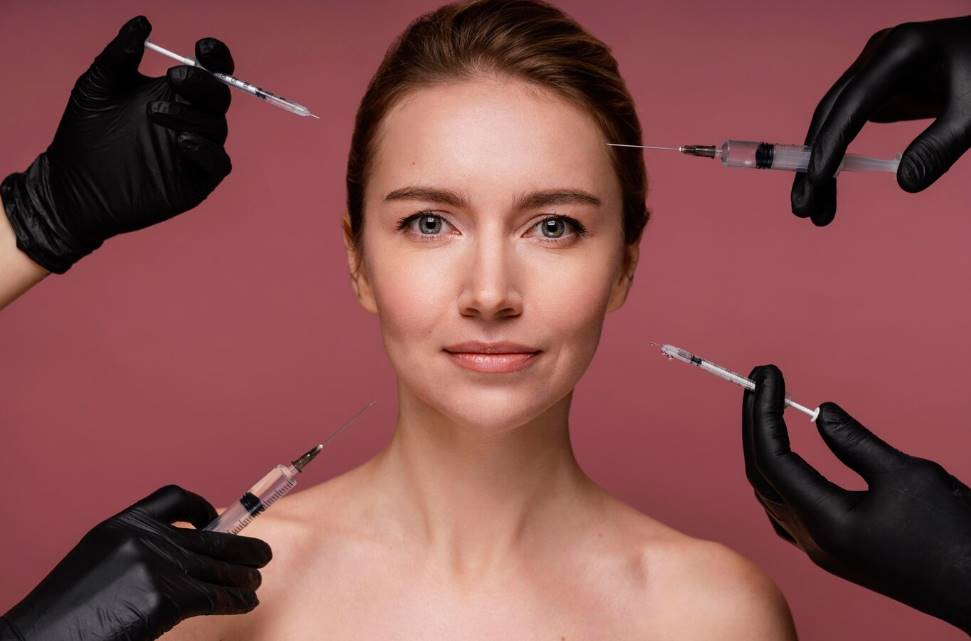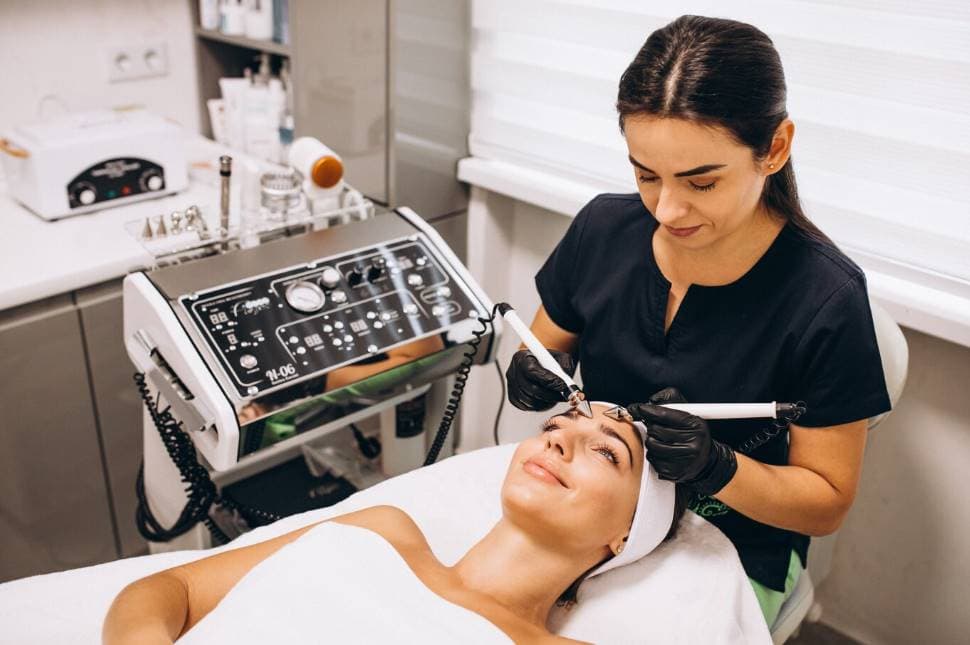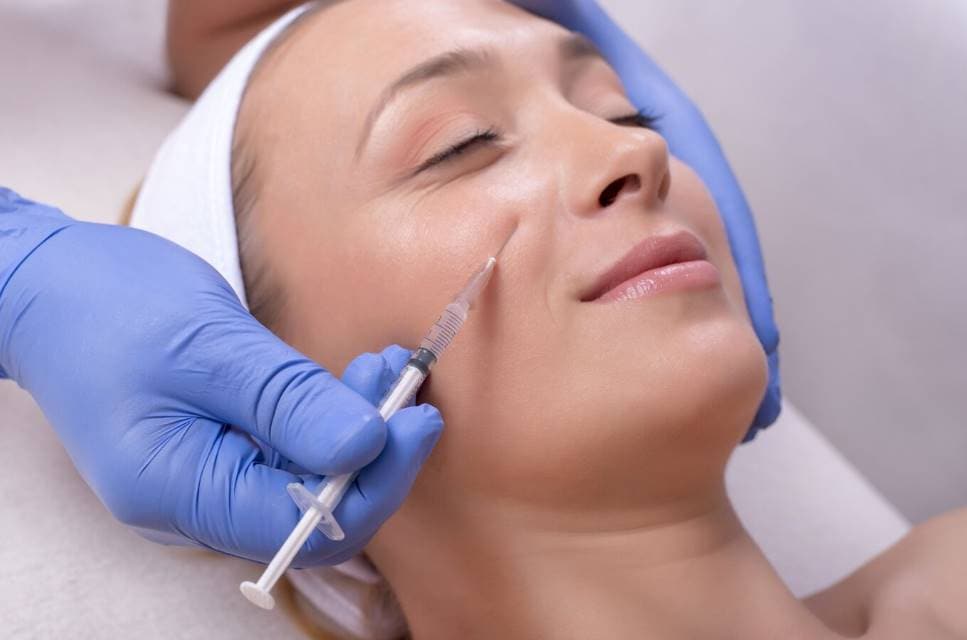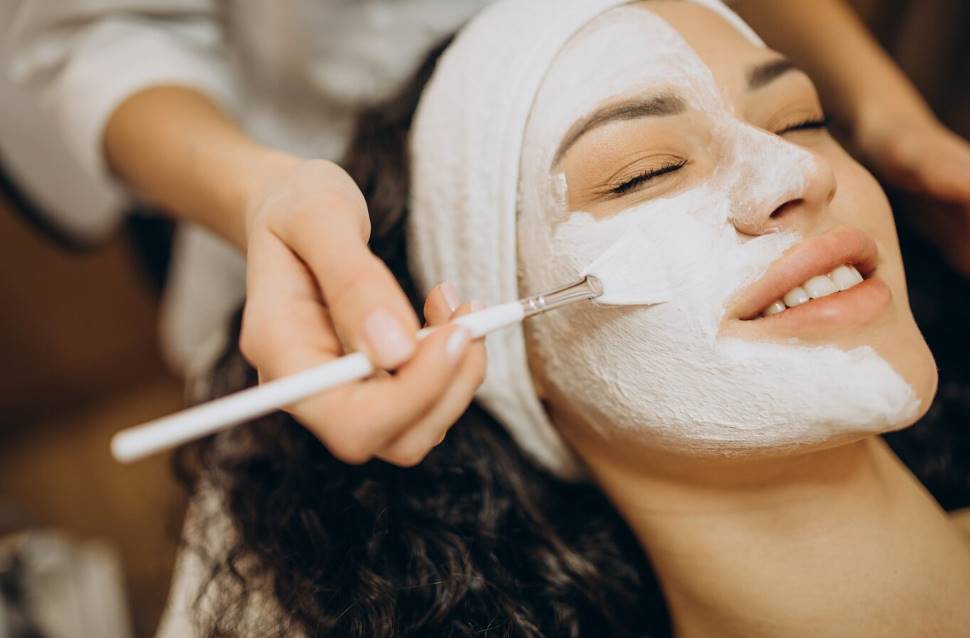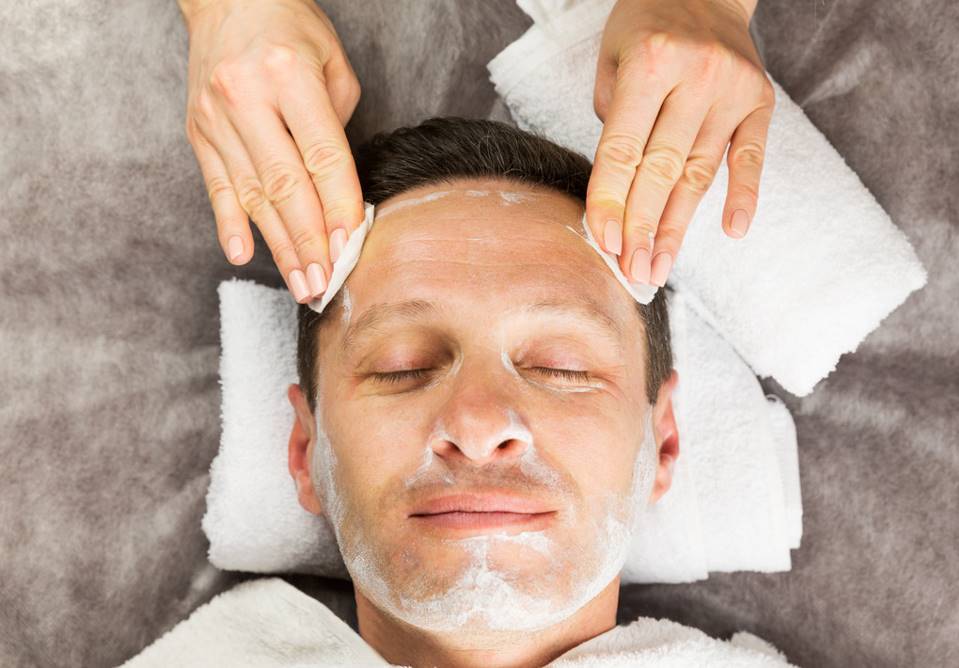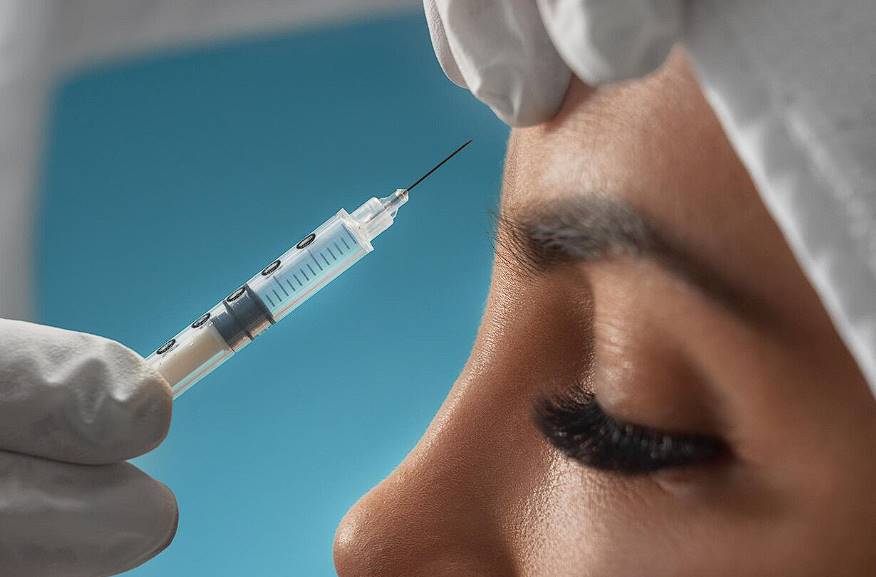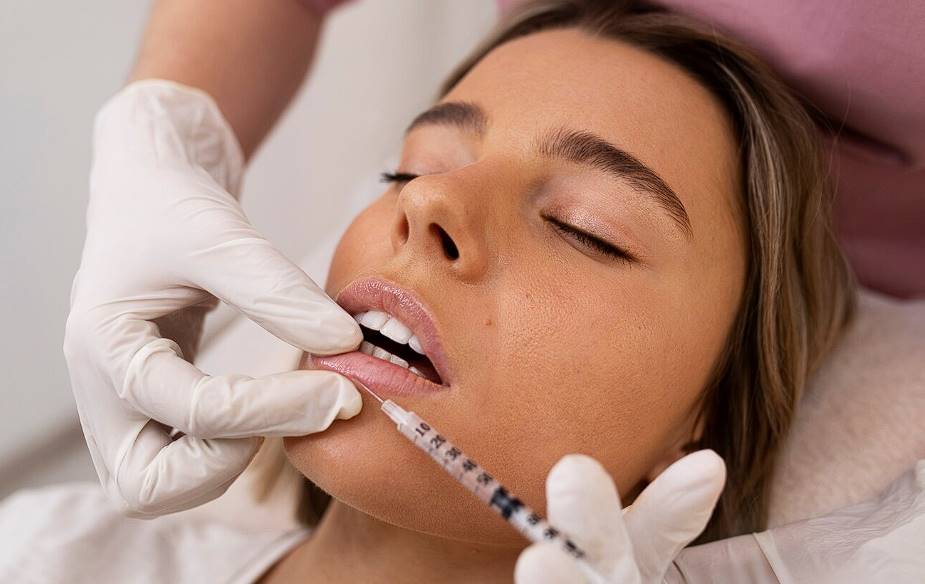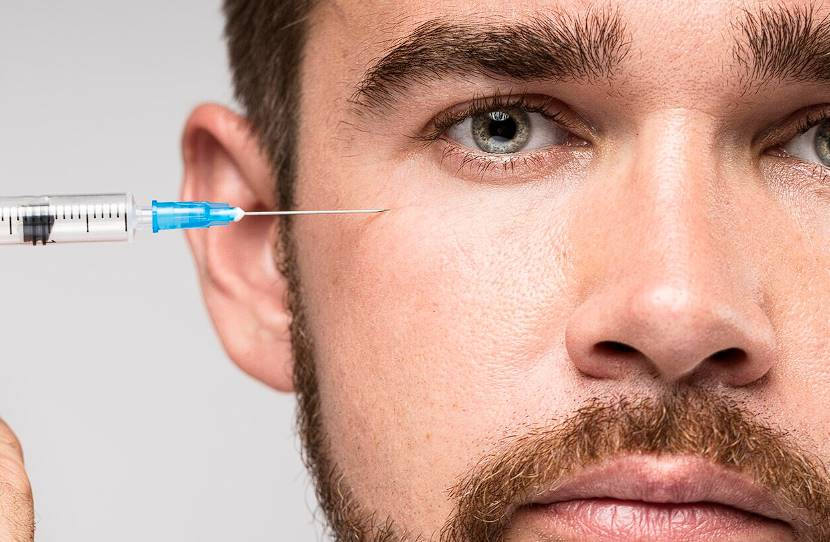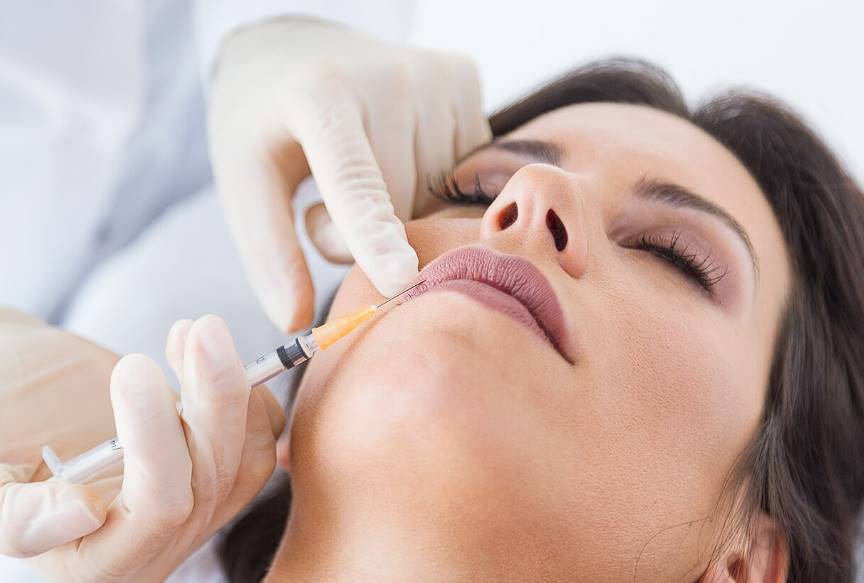Cosmetic injections are becoming increasingly popular among people who want to improve their looks without surgery. Whether you want Botox, facial fillers, or some other type of injectable treatment, you need to be well-prepared to have a successful and fulfilling experience.
Cosmetic injections are a form of nonsurgical treatment to fix aesthetic problems, such as smoothing out wrinkles or giving certain areas more volume. Preparing well for your initial cosmetic injection is important to get the desired results and have a good experience.
This guide will show you how to prepare for your first cosmetic injection, from choosing a suitable provider to caring for yourself after the treatment.
Tips for Newcomers to Cosmetic Injectables

You can't look at your Facebook feed or turn on the TV without hearing about how great dermal fillers like Juvéderm and Restylane are. You've finally decided to become one of many individuals who choose dermal fillers because they smooth and plump the skin quickly and safely. Before your first treatment, there are some facts you should know.
First, make sure that you study and find a well-trained doctor with a lot of experience to give you dermal fillers. In the wrong hands, the procedure could turn out badly. Still, an experienced doctor is known for their distinct combination of artistic sense and expert ability, so you can be sure your skin will look appealing and young when your therapy is done.
You make a big difference in how things turn out, and it all starts just before your appointment. Here's how to get ready for your first treatment with filler.
Two-Week Rule
If you want to look like yourself for an upcoming party, holiday, or wedding, you should give injectables at least two weeks to work.
Fillers usually work right away, but injections could cause mild swelling and bruising that could take several weeks to go away. When neurotoxins are injected, the full effects usually take approximately two weeks to settle. Keeping this two-week schedule in mind will help you get ready for the big day in the best way possible.
Educate Yourself
Before getting your first filler treatment, you should know what to expect. Dermal fillers all have the same goal: to restore lost volume caused by age and diminished collagen. However, they use various components on numerous areas of the face and at varying levels.
The main ingredient in these two filler brands is hyaluronic acid, a gel-like material already in your body. They both also have lidocaine in them to make your treatment less painful.
Cold Sore Prone
If you get cold sores fairly often, tell your injector beforehand. You may need a particular medicine to keep them from coming back. This is particularly true for people who want to use injectable fillers to make their lips look better.
Disclose All Medical Conditions
Even though facial fillers are very safe and the process is not very invasive, there are always some small risks when you get an injection. If you've had cold sores in the past, obtaining a dermal filler injection can cause them back, especially if you're getting your lips done.
Sunning & Sleeping
In the days after your injection, pay attention to how you sleep and how long you stay in the sun. Some providers say you should sleep on your back for a couple of nights so that the product can spread evenly and you don't get any more wrinkles on the side you sleep on. Also, after treatment, you must wear sunscreen daily to stop any more signs of ageing.
Anticipate Minor Side Effects
Most people observe the smoothing and plumping effects caused by dermal fillers immediately, but some have to wait a few days to one week for minor bruising and swelling to disappear. And the layer of skin around the eyes and the lips is especially likely to get slightly darker.
You can lessen this by using an Arnica pair for a day or two before your first appointment.
Take A Little Break From Exercise
You can skip going to the gym for a day or two after getting your shots. You may slightly damage some small blood vessels when you get an injection, but it's usually not enough to make a big bruise. On the one hand, if you work out, you might get a bigger bruise. So, only plan to do something that requires heavy movement, strain, or too much pressure for at least a day after your treatment.
Avoid Certain Substances
To give dermal filler therapy the best chance of working, you should only consider a few things that can mess up the results. These include:
- Retin-A products that are smoked
- Aspirin and ibuprofen are examples of blood thinners.
- Alcohol, especially red wine, for two days before
Even supplements like vitamin supplements and fish oil can change your results.
Do Not Be Scared to Ask For Anaesthesia
Regarding cosmetic treatments, "no pain, no gain" is untrue. Most of the time, an anaesthetic will be put on or offered before treatment to make it less painful. During your treatment, your physician or nurse should also check in with you often to ensure you're comfortable. If you still need to, make sure to let them know!
Leave It To The Experts
Before diving into the amazing world of visually pleasing injectables, get the procedure from a licenced, reputable, and experienced provider.
By far, the biggest chance of having problems with injectables is if you choose to be treated by someone who doesn't know much about facial anatomy or how to use neurotoxins, which are fillers to get the best results.
Even small adverse reactions like bruising and swelling are less likely to happen when a professional does the injection with a lot of training. So, do your homework and find a nearby offering to meet this important requirement.
What to Expect During Treatment
Most people can handle cosmetic injections well, and don't hurt too much. Your doctor or nurse may put a numbing cream on the area or use ice to make you feel better during the procedure. The treatment takes about 30 minutes to an hour, which is short.
The Pre-treatment Process
Before your treatment, you will meet with your treating nursing staff and the doctor who prescribed it. Together, they will go over your health history in detail, look at the areas of concern you want to be treated, and figure out if you are suitable for Dermal Fillers.
To help you decide if Dermal Filler treatment is right for you as well as to help you decide if you want to go through with it, your treating licenced nurse will talk to you about what the Dermal Filler treatments involve, substitutes to Dermal Filler procedures, possible side effects, and how to take care of yourself after the treatment.
Once it's clear that you're suitable for facial fillers and you've made a well-informed choice to go through with the treatment, your treating licenced nurse will thoroughly evaluate the problem areas to figure out the best way to treat them. Once the possibilities for therapy have been addressed and stated with you, an extensive and individualised treatment plan is made that focuses on your concerns and also takes into account your desires and requirements so you can get great results that last.
Images are also taken before and after your treatment so that you can see and compare how your Dermal Filler procedures are going.
What To Expect After Your Treatment
With some injectables, you'll see the results right away. So, if you don't like how you look, you can tell your doctor before leaving for your appointment. Botox, on the other hand, can take up to two weeks to work.
If not, here are the most important things to expect after an injectable surgery.
Recovery Time
The best thing about facial injections is that you can return to your normal life right away. Your doctor may tell you to skip the gym for a day or two. Aside from that, it will take a little while to get better.
Side Effects
After getting facial injections, the most common side effects are bruises, pain, and swelling. Pain after an injection is usually not too bad. Most likely, you won't need painkillers to deal with the pain. Take an over-the-counter painkiller if you feel pain more than most people.
How Long Do Injectable Results Last?
Injectables don't last forever. Fillers for the face can last from a few months to a year. Botox usually works for 2 to 4 months. How long the outcomes last depends on what kind of injections you get, where you get them, and how quickly your body breaks down the product.
Hyaluronic acid injections, for example, last from 6 to 18 months. Autologous fat injections, on the other hand, can last a lifetime. And injections in the face will endure longer than injections in the lips.
If you don't get fat injections, you must attend appointments to keep your desired look. This is another reason you should pick a service provider you have faith in to give you the look you want.
How to Find the Right Doctor for Fillers and Botox
With so much talk in the news, especially recently, about the risks of Botox, fillers, and Profhilo, we wanted to give you some tips on how to choose the right doctor. You must ensure that your treatments are secure, effective, and right for you. If these treatments aren't done right, they can cause several problems.
Still, there are a few essentials that you can watch out for that will make the whole thing easier and make sure you not just look excellent but also have a good time.
Confirm the Doctor Has a Medical Facility
In case you were thinking, a Botox group is a social event where people get Botox or fillers from an untrustworthy practitioner at someone's house. Even alcohol is served at some Botox parties. Still, you shouldn't consume alcohol for at least a few days before any cosmetic procedure, and a single minute before is too soon!
When injections are given outside of a clean, controlled medical setting, the risks increase by ten. Also, there is a reaction to an allergy or a serious adverse effect. In that case, an accredited medical facility is better equipped to deal with a medical situation than someone giving shots at a party or hotel room.
Confirm if the Doctor Is Licensed

Did you know that studies show that most botched jobs happen when patients get injections from people who aren't medical professionals and don't have licences?
Because there are so many nerve endings and blood vessels on the face, it is very fragile. You desire an injector who is a board-certified doctor or plastic surgeon. To do the injections right, you need someone who knows much about how the face works.
Do They Have Formal Training in Facial Aesthetics
Even if a doctor offers injectables, they may need to improve at giving them. Even though dermal filler, Botox, and Filler injections don't require surgery, they are still surgical operations that require expertise, understanding, and skill to do safely and well. This means that just any doctor can't do these cosmetic treatments.
Work with an expert only if they can show specialised medical aesthetic training from a reputable school. These people will know enough about the subject matter and have enough experience to get good results and keep patients safe.
What Are the Benefits of Hiring a Medical Professional?
- They are bound by a legal duty to care for their patients and must prioritise their health and safety before making money. This may make these individuals more likely to tell patients "no" if they don't need the treatment.
- Even though there aren't many rules about nonsurgical cosmetic treatments, doctors and nurses must answer to their governing body. Even though non-medical practitioners may hold one another accountable, they don't have to answer to anyone else. This means there are no evaluations, no consequences, and few ways to get help.
- Medical professionals have been trained and have much experience with the human body's anatomy and physiology, treating complications and giving care in an emergency. Even if you don't know anything about medicine or anatomy, you can learn how to inject and use what you've learned immediately. It's important to know that your practitioner knows how to do these things and has done them before.
Conclusion
Cosmetic injections are a popular nonsurgical treatment for improving appearance without surgery. To ensure a successful experience, it is essential to choose a well-trained doctor with experience in injectable treatments like Botox or facial fillers. A two-week rule is recommended for injectables to work effectively.
Educate yourself about the purpose of dermal fillers, which aim to restore lost volume caused by age and diminished collagen. The main ingredient in these fillers is hyaluronic acid, a gel-like material already in the body, and lidocaine to make the procedure less painful. If you frequently get cold sores, inform your injector beforehand and consider taking medication to prevent them from returning.
Disclose all medical conditions, as facial fillers can cause minor side effects, especially if you have had cold sores in the past. Pay attention to sleep and sun exposure, and wear sunscreen daily after treatment. Anticipate minor side effects, such as minor bruising and swelling, and take a break from exercise for at least a day after the treatment.
Avoid certain substances that can mess up results, such as smoked Retin-A products, blood thinners like Aspirin and ibuprofen, alcohol, and supplements like vitamin supplements and fish oil. Do not be afraid to ask for anesthesia, as it is common for professionals to provide it to make the procedure less painful.
Leave the procedure to the experts, as even small adverse reactions like bruising and swelling are less likely to occur when a professional performs the injection with extensive training. The treatment typically takes 30 minutes to an hour, and it is important to follow proper care instructions and follow any instructions provided by your doctor or nurse.
Before undergoing a Dermal Filler treatment, you will meet with your treating nursing staff and doctor to discuss your health history, concerns, and potential treatments. They will evaluate your skin type, potential alternatives, side effects, and post-treatment care. An individualized treatment plan is created based on your needs and desires, ensuring long-lasting results.
After the treatment, you can expect immediate results, but recovery time may take some time. Common side effects include bruises, pain, and swelling. Results last depending on the type of injection, location, and the body's reaction to the product.
To find the right doctor for fillers and Botox, it is essential to ensure they are secure, effective, and suitable for you. Some essential tips include confirming the doctor has a medical facility, ensuring they are licensed, and having formal training in facial aesthetics.
A board-certified doctor or plastic surgeon is preferred for injectables due to the fragility of the face and the need for expertise. Medical professionals have a legal duty to prioritize patient health and safety, and they must answer to their governing body. They have extensive experience with the human body's anatomy and physiology, treating complications, and providing emergency care.
Hiring a medical professional ensures that they are knowledgeable about the subject matter, have experience, and can provide good results. It is crucial to choose a practitioner who has done these procedures before to ensure a positive experience and a safe procedure.
Content Summary
- Cosmetic injections offer a surgery-free way to enhance your appearance.
- Preparation is key for a successful cosmetic injectable treatment.
- Choose a skilled and experienced doctor for your dermal fillers.
- The right doctor combines artistry and expertise for appealing results.
- Timing matters – give injectables at least two weeks before an event.
- Educate yourself on the type of filler and its components.
- Disclose cold sore tendencies to your injector.
- Share your medical history to manage any risks.
- Consider sleeping on your back post-injection.
- Use sunscreen to protect your skin post-treatment.
- Expect minor side effects like bruising and swelling.
- Arnica can help reduce post-injection bruising.
- Take a brief exercise break after your injection.
- Avoid substances that may interfere with results.
- Anaesthesia can make the process less painful.
- Choose a licensed and reputable provider.
- Proper training reduces the risk of adverse reactions.
- Cosmetic injections are generally well-tolerated.
- Numbing creams or ice can ease discomfort during treatment.
- The procedure typically takes 30 minutes to an hour.
- A pre-treatment consultation assesses your suitability.
- Treatment plans are individualized to address concerns.
- Before-and-after photos track your progress.
- Some injectables yield immediate results.
- Recovery allows for a swift return to normal life.
- Common side effects include bruises, pain, and swelling.
- Over-the-counter painkillers can manage post-injection pain.
- Injectable results vary in duration.
- Hyaluronic acid injections last 6 to 18 months.
- Regular appointments may be necessary for desired results.
- Choose a qualified doctor for fillers and Botox.
- Ensure treatments are secure, effective, and right for you.
- Avoid uncontrolled settings for injections.
- Check if the doctor is licensed and board-certified.
- Seek formal training in facial aesthetics for injectors.
- Expertise and experience are crucial for safe outcomes.
- Medical professionals prioritize patient safety.
- Doctors and nurses are held accountable by governing bodies.
- Non-medical practitioners lack oversight and accountability.
- Medical professionals have anatomy and emergency training.
- Knowledge and experience are essential for injectable safety.
- Prioritize the health and safety of patients over profits.
- Seek injectors with specialized medical aesthetic training.
- Medical professionals are bound by ethical and legal obligations.
- Regulations ensure accountability for medical practitioners.
- Expertise in anatomy and physiology is vital for injectors.
- Trust practitioners with a proven track record.
- Ensure your injector has performed similar procedures before.
- Make informed decisions about your cosmetic treatments.
- Choose a skilled and knowledgeable injector for a successful experience.
Frequently Asked Questions
Washing your face gently with cold to lukewarm water and a mild face wash or cleanser won't hurt how well the treatment works. Many doctors tell their patients to do this to clean the injection site after the treatment. This lowers the risk of getting an infection.
Sleep on your back with two pillows under your head for three nights. This will keep the filler in place after it has been injected. You could also use a wrap-around neck pillow to keep your head steady.
24-48 hours after your treatment, stay away from alcohol, caffeine, Niacin supplements, foods high in sodium, sugar, refined carbs, spicy foods, and cigarettes. These things may cause swelling or irritation to get worse.
Please give it 14 days before you decide if you're happy with the results. Do not touch or rub the area where you got the shot for 2 to 4 hours. For the rest of the day, don't exercise or sweat; don't lay down or lean forward for 2–4 hours after treatment.
Any treatment with a dermal filler can cause swelling. It's only temporary and usually goes away in a few days. But some parts of the face swell more than others, and some products are likelier to make this happen. Patients should also know that they might get bruises after getting filler injections.
